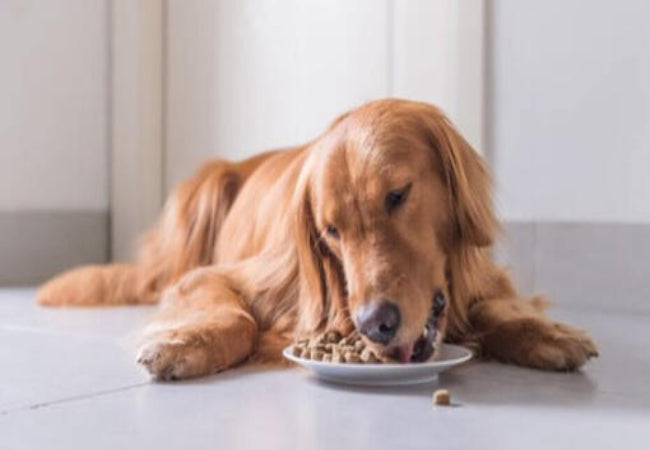Dog Vomiting 2025: When to Worry, What to Do & Vet Treatment Options 🐶✨

In this article
Dog Vomiting 2025: When to Worry, What to Do & Vet Treatment Options 🐶✨
By Dr. Duncan Houston BVSc
Dogs vomit more than most animals—but not all vomiting is normal. It might be something they ate... or a sign of something much more serious.
I’m Dr. Duncan Houston, veterinarian and founder of Ask A Vet. Here’s how to tell the difference between harmless and concerning vomiting, what causes it, and what to do next.
📋 Types of Vomit and What They Mean
1. Yellow Bile
- Common on an empty stomach (morning or after fasting)
- May suggest acid buildup or mild gastritis
2. White Foam
- Often indicates irritation of the stomach lining
- Seen in kennel cough or mild nausea
3. Undigested Food
- If soon after eating, it may be regurgitation (not vomiting)
- If delayed, may suggest delayed gastric emptying or obstruction
4. Blood (Fresh or Coffee Grounds)
- Fresh blood = upper GI bleeding or trauma
- Dark, grainy = digested blood from ulcers or poisoning
5. Mucus or Grass
- May indicate upset from dietary indiscretion or mild gastritis
🚨 When to Worry
- Vomiting more than twice in 24 hours
- Vomiting with lethargy, weakness, or collapse
- Blood in vomit or stool
- Known toxin exposure (chocolate, grapes, medications)
- Unproductive retching (risk of bloat/GDV)
🔍 Common Causes of Vomiting
- Dietary indiscretion (eating garbage or new food)
- Foreign body ingestion (toys, bones, clothing)
- Pancreatitis
- Parasites or infections
- Kidney or liver disease
- Motion sickness or stress
- Heatstroke or overexertion
🧪 What Your Vet Might Do
- Physical exam and abdominal palpation
- Blood tests to assess organ function
- X-rays or ultrasound to check for blockages
- Parvovirus or fecal testing in puppies
💊 Vet Treatment Options
- Antiemetics (e.g., Cerenia, ondansetron)
- Gastroprotectants (e.g., omeprazole, sucralfate)
- IV fluids and hospitalization for severe dehydration
- Surgery if a foreign object or twist is found
🏡 What You Can Do at Home (Mild Cases Only)
- Withhold food for 6–12 hours (not water)
- Start with bland food: boiled chicken and rice in small amounts
- Offer ice chips or water in small sips
- Monitor closely for worsening signs
🛑 What NOT to Do
- Don’t give human meds like Pepto or aspirin
- Don’t fast puppies or toy breeds for too long
- Don’t delay vet care if symptoms persist
🔗 Tools from Ask A Vet
- Explorer Harness – Provides gentle control for weak or recovering dogs
- Ask A Vet – Upload videos of vomiting, track episodes, and get vet guidance fast
📋 Summary Excerpt
Dogs vomit for many reasons—but not all of them are benign. A vet explains how to recognize serious causes, what to do at home, and when to seek help immediately.
❓ FAQs
-
Q: Should I feed my dog after they vomit?
A: Withhold food for 6–12 hours if they’re otherwise well. Then try bland food. If vomiting continues—see a vet. -
Q: When is vomiting an emergency?
A: Vomiting with blood, lethargy, unproductive retching, or dehydration is an emergency. -
Q: What’s the difference between vomiting and regurgitation?
A: Regurgitation is passive and occurs shortly after eating. Vomiting is active, with abdominal effort and nausea signs.






